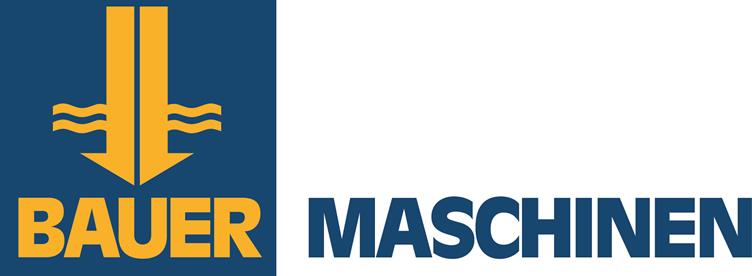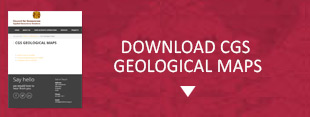
35TH INTERNATIONAL GEOLOGICAL CONGRESS
27 AUGUST - 4 SEPTEMBER 2016 | CAPE TOWN, SOUTH AFRICA
Sponsors
Keystone Sponsor


Diamond Sponsor


Gold Sponsor


Silver Sponsor








Business Centre Sponsor


Publication Sponsor




Social Function


Plenary Speaker Sponsor


Speaker Gift Sponsor


Post Graduate Fund


Registration


Welcome Drinks


Lunch Time Drinks


Publication &
35 IGC SAGPGF
35 IGC SAGPGF

35 IGC SAGPGF




MY IGC APP


Symposium Sponsor




Audit Sponsor


35TH INTERNATIONAL GEOLOGICAL CONGRESS
27 AUGUST - 4 SEPTEMBER 2016 | CAPE TOWN, SOUTH AFRICA
My IGC
Symposium Details
| Title | Description | Convenors |
|---|---|---|
| The Quaternary System: precision and reliability in global correlation | The Quaternary System, beginning 2.58 million years ago, provides unequalled access to marine and terrestrial sediments and ice-core archives, and offers unique opportunities for testing chronostratigraphic utility. Marine isotope stages form the backbone of Quaternary stratigraphy. Along with their substages, they are often treated as if strictly synchronous, but small leads and lags between different marine basins should be expected and will hinder precise temporal correlation. Most marine isotope stages for the past one million years have been divided into substages. While these substages potentially increase stratigraphic precision, they not always recognized reliably or at global extent. Paleomagnetic reversals represent critical datums in Quaternary chronostratigraphy: the Gauss-Matuyama and Matuyama-Brunhes boundaries, for example, are important guides respectively for the base of the Quaternary and Early-Middle Pleistocene boundary; and the Blake Event should prove useful within the Upper Pleistocene. However, lock-in depth and remagnetization can lower reliability, and the duration of polarity reversals and even their precise timing are questioned. Mediterranean sapropels, loess-paleosol sequences, ice cores, speleothem archives, micropaleontological records, and radiometric dating all have inherent limitations for fine-scale global correlation. With the increasing need to distinguish cause from effect in Quaternary processes, this symposium aims to explore precision and reliability in global correlation. | Martin Head |
 Field trips
Field trips  Sponsorship & expo
Sponsorship & expo  Registration
Registration Tours
Tours  Promotion
Promotion 














 Conference Programme
Conference Programme  Field trips
Field trips  Sponsorship & expo
Sponsorship & expo  Volunteer
Volunteer  GeoHost
GeoHost  Registration
Registration Tours
Tours  Promotion
Promotion  Publications
Publications









